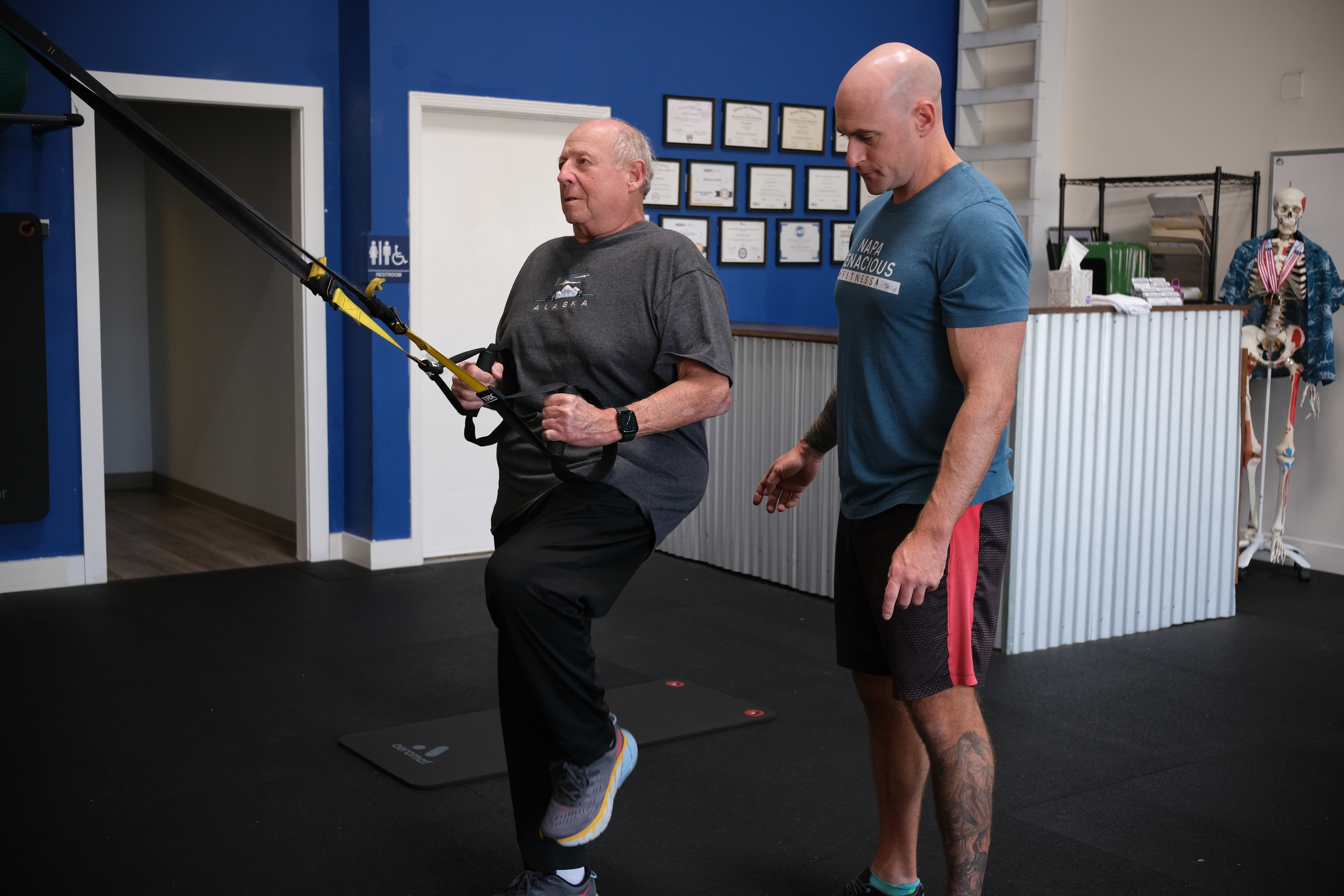“We’re pretty much diagnosed with arthritis after we turn thirty,” was a phrase one of my mentors consistently said to me, his peers, and patients throughout my internship experience. As a decorated physical therapist with an esteemed reputation in the medical community, this man who had over forty years of practicing as a physical therapist didn’t beat around the bush. One personality trait I gathered from the mentoring of this gentleman was his rigorous relationship with the truth he expressed toward his patients.
Telling patients point blank that they’re diagnosed with degenerative bone and joint disease after they reach the milestone of being on this earth for thirty years can cause quite a shock. However, after he would throw down this icebreaker to a patient afflicted with knee pain, he immediately gave them resources on how to build strength around the knee, function productively throughout their everyday life, and prevent accelerated deterioration of the bones, cartilage, ligaments, and tendons and muscles surrounding the affected area. I took away a lesson that educating people afflicted with painful conditions develops a foundation on where to begin and continue on a path to recovery.
Some of the readers of this article may have been avid athletes, recreational weekend warriors, or participated in a career involving physically demanding tasks. Looking back at our high school career playing popular sports such as volleyball, baseball, track, or football might have introduced a few injuries. Traveling up and down ladders as a painter, kneeling to install outlets as an electrician, or hauling two-by-fours up and down stairs throughout a person’s career can impose a tremendous amount of stress on the joints of the body. Looking at an athletic career at any age and level of competition paired with a life of demanding physical labor contributes to the likelihood of arthritis. Among the wide array of joints afflicted with arthritis is the knee joint.
Comprised of the femur, patella, tibia, and fibula, the knee is a hinge joint that controls critically important movements throughout our every lives. Without a healthy knee, our lives change dramatically. Bone on bone contact is a common explanation of why people experience symptoms of arthritis. The knee joint is on the bottom half of the body, below the hip, and right about the feet. Knees are responsible for not only holding humans upright and moving us from place to place but also holding the weight of the upper extremities and the forces of gravity. One could imagine without the cushioning properties the cartilage covering the end of the bones would cause the painful effects of bones pressing on each other. Therefore, appreciating the importance of the knee is worthwhile if living a long and quality life is in our best interest. Below are a few methods to strengthen the knee joint by focusing on the inner thigh, outer hip, and anterior thigh muscles:
Side laying hip adduction: Start by positioning yourself lying on your side with your feet stacked on top of each other. Cross your top leg over to the front of your body where your top foot should rest flat on the ground. Keeping the bottom foot flexed toward the body and the knee extended, lift the bottom leg until a brief muscular sensation is experienced in the inner thigh region. Repeat this movement for five to 10 repetitions.
Side laying hip abduction: Start by positioning yourself lying on your side with your feet stacked on top of each other. Stack your legs on top of each other. Keeping the top foot flexed toward the body and the knee extended, lift the top leg until a brief muscular sensation is experienced in the out hip and thigh region. Repeat this movement for five to 10 repetitions.
Seated on Ground Knee Extension: start by sitting down flat on the ground with optimal posture with one knee extended flat on the ground and the other knee flexed to where the foot is flat on the ground. While keeping the toes flexed toward the body, extend one leg as if you are trying to touch the back of the knee to gently touch the ground until a slight muscular sensation is experienced in the quadriceps and kneecap region. Repeat this movement for five to 10 repetitions on each leg.
By executing a few of these movements consistently throughout the week or in addition to an exercise routine, the muscles targeted in these exercises can significantly improve the structural integrity of the knees. These aren’t the most cutting-edge exercises known to man. However, these exercises are usually practiced in a physical therapy setting because they are easy to learn, can be done with little to no pain, and have a substantial effect on improving lower extremity strength while decreasing knee pain.
Being diagnosed with arthritis after thirty may not be the most exciting news. At the same time, it’s not the end of the world. We can still live happy, healthy, and strong lives by adhering to simple yet effective exercises to put the detrimental effects of arthritis at bay.
Sean McCawley, the founder and owner of Napa Tenacious Fitness in Napa, CA, welcomes questions and comments. Reach him at 707-287-2727, napatenacious@gmail.com, or visit the website napatenaciousfitness.com.

